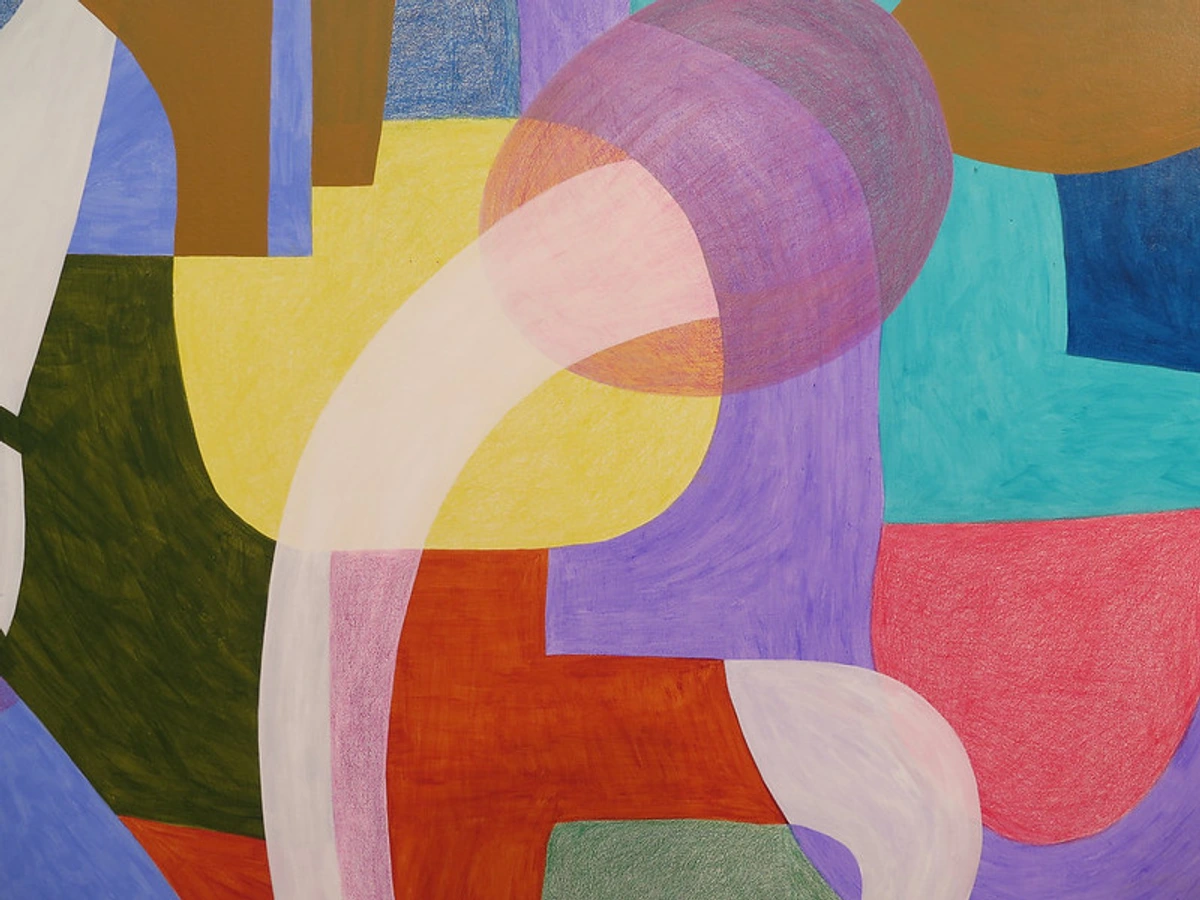
Sound Art Installations: An Artist's Personal Introduction
Ever wondered what sound art installations are? Join me, an artist, on a personal journey into this immersive, often surprising world where sound becomes the canvas.
An Artist's Personal Dive into Sound Art Installations
Okay, let's talk about something a little different. As a visual artist, my world is usually all about color, form, light, and texture. You know, the stuff you can see. But there's this whole other realm of art that uses something invisible, something you experience with your ears and your whole body: sound art installations.
Honestly, when I first encountered sound art, I was a bit perplexed. Where was the canvas? The sculpture? It felt... empty, yet full. Like walking into a room and suddenly realizing the air itself is telling a story. It's a fascinating, sometimes challenging, and deeply immersive experience that has really expanded my own understanding of what art can be.
What Exactly Is a Sound Art Installation?
Think of it this way: instead of paint on a wall or clay shaped into a figure, the artist is using sound as their primary material. But it's not just music playing in a room. A sound art installation is specifically designed for a particular space, and the sound interacts with that space, and with you, the listener (or should I say, the experiencer?).
It could be anything from subtle, ambient noises that shift as you move through a room, to overwhelming walls of sound, to intricate sonic landscapes created by hidden speakers or vibrating objects. The key is that the sound isn't just background; it's the main event, shaping your perception of the environment.
It's like the artist is painting with vibrations, sculpting with silence and noise, and composing with the acoustics of the room. It's less about a static object and more about a dynamic, temporal experience.
Why Sound? Exploring the Invisible Medium
As someone obsessed with how color makes you feel or how a certain line can evoke emotion, I'm endlessly intrigued by how sound does the same thing, but in such a different way. Sound bypasses the visual and hits you directly, often triggering memories, emotions, or even physical sensations before your brain has time to fully process it.
It's immersive in a way a painting, however powerful, can't be. You can't close your eyes to sound (well, you can, but it's still there). It surrounds you, fills the space, and becomes part of the very air you breathe in that moment. It demands your presence in a way that visual art sometimes only invites.
It makes me think about how I use negative space in my own work, or how the absence of color can be just as impactful as its presence. Sound art plays with silence and presence in a similar, but totally different, sensory language.

https://www.flickr.com/photos/42803050@N00/31171785864, https://creativecommons.org/licenses/by-nd/2.0/
Types of Sound Installations (A Quick Peek)
Sound art is incredibly diverse. You might encounter:
- Ambient Soundscapes: Creating an atmosphere using field recordings, synthesized sounds, or subtle noises that blend into the environment.
- Interactive Installations: Where your movement or presence changes the sound, making you an active participant.
- Sculptural Sound: Objects that produce sound, where the visual form is just as important as the sonic output.
- Site-Specific Works: Installations designed specifically for a unique location, using its acoustics or history as part of the piece.
It's not always easy to categorize, and that's part of the fun! It often overlaps with performance art, sculpture, and even architecture.
Experiencing Sound Art: My Tips for You
If you're used to looking at art, experiencing sound art requires a bit of a mental shift. Here's what I've learned:
- Slow Down: Don't rush through. Find a spot, sit or stand, and just listen. Let the sound wash over you.
- Move Around: Sound changes depending on where you are in the space. Walk slowly, explore different angles, even close your eyes briefly to focus purely on the auditory.
- Pay Attention to the Space: How does the sound interact with the architecture? The materials? The other people? The space is part of the artwork.
- Be Open: Let go of expectations. You might not




